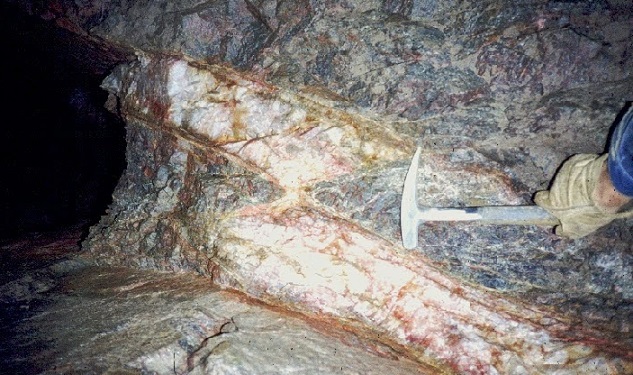Commercial drill rigs are a rare sight in Afghanistan. Problems affecting the country's infrastructure and instability have left mining projects in their infancy, but Afghanistan is a geological treasure trove.
"There is a working gold mine in Baghlan at the moment and in Sheberghan we've got gas and petrol. The north of Afghanistan has lots of mining opportunities.
In Jegdalek there are gemstones and in Mes Aynak there is copper, iron and chromium and other valuable minerals.
Drillers and geologists are among the first cohort of trainees from the Afghanistan Geological Survey being taught by the US Dod Task Force for Business and Stability Operations. The students are gaining the skills they need to explore and exploit the country's resources,by training in modern explorative techniques.
The next step for these drillers will be to push out into the country's mountains. Hope is that security will improve still, because there is still some insecurity in some of Afghanistan's provinces.
If the security improves, they will be able to go freely everywhere in Afghanistan to conduct surveys.
"And if Afghanistan's security does improve, the Afghan government will be first in line to exploit the nearly 3 trillion dollars of resources lying in its hills and mountains.
It's hoped that the mining sector could become one of the Afghan economy's strongest assets.
"There has effectively been a hiatus of exploration activity in Afghanistan largely on account of the security issues, for perhaps around 20 to 25 years.
The Russians in the mid-1970s did a considerable amount of work, but after the invasion and through the eighties, nineties and now in the first part of the century there hasn't been that much work done.
So there fore within the donor community there has been a great push to provide technical expertise to build capacity within the Afghan Ministry of Mines and Petroleum and within the Afghan Geological Survey to help the Afghans help them selves and to develop their mineral resources and to exploit those resources for profit.
" Afghanistan's Geological Survey team will have an opportunity to play a vital part in their country's economy.
Much hinges on a long-awaited mining law to be passed ensuring the country's resources are fairly and legally exploited.
Video Survey Mining for minerals in Afghanistan













